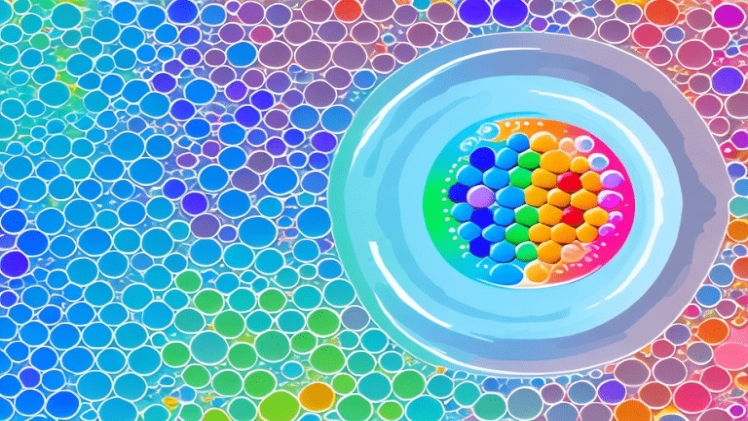In the fast-paced world of data analysis, visual representations of complex information are increasingly popular. One such visual tool that is both effective and versatile is the bubble chart. Understanding what bubble chart examples are and how to interpret them can be a game changer in your data visualization journey. Keep reading to delve deeper into the world of bubble charts.
Understanding What a Bubble Chart Is
A bubble chart is a multi-variable graph that is an extension of the scatter plot. This type of chart can display three, four, or even more dimensions of data, with each entity represented by a bubble.
As is the case in a scatter plot, two of the data dimensions are visualized on a two-dimensional x-y plane. The third dimension is represented by the size of the bubbles. If there’s a fourth dimension, it can be displayed using colors or shades.
With robust real-time and dynamic capabilities, bubble charts provide an interactive way to visualize complex datasets. Therefore, they are increasingly becoming a mainstay in business reports, scientific applications, and social research.
Components of a Bubble Chart: The Basics
Alt Text: Many colorful bubbles organized in a chart format.
The x-y plane of a bubble chart features two axes—horizontal and vertical—representing two dimensions of data. The third dimension is represented by the size of the bubbles where bigger bubbles correspond to larger values. These three parameters make the basis of any bubble chart.
Color or shading can also be implemented to represent a fourth dimension or to distinguish between different categories of data. The caption or legend serves to explain the variables and the correlation in the data.
Another significant component of a bubble chart is the bubble itself. Each bubble stands for a data point or entity: the position, size, and color of these bubbles provide a wealth of information.
How To Read and Interpret Bubble Charts
Reading a bubble chart begins with understanding what each axis represents. The x-axis commonly represents an independent variable while the y-axis may represent a dependent variable.
The size of the bubble, being the third variable, indicates the magnitude of the data point. Larger bubbles mean higher values when it comes to quantitative data.
If color or shading is used, it is best to refer to the chart legend to understand the distinct categories or ranges they signify. Color can either differentiate between distinct categories or serve to highlight a range of values.
Interaction with the chart can provide more in-depth information by hovering over a bubble, which would typically show detailed data about that specific point.
Various Applications of Bubble Charts in Data Visualization
Alt Text: Colorful translucent bubbles crowding a chart format.
Due to their ability to present multiple dimensions of data, bubble charts find use in several fields. Market researchers use them to demonstrate product performance or customer behavior.
They are also utilized in social sciences for demographics, comparing regions, or visualizing social phenomena. For example, one could use a bubble chart to compare countries using parameters like population, GDP, and life expectancy.
Additionally, in the tech industry, bubble charts can uniquely represent software codebase, server utilization, network traffic, and many other parameters.
Essentially, anywhere there’s a need to represent multi-dimensional data concisely and intuitively, a bubble chart can be a fantastic tool.
Overall, bubble charts can truly revolutionize the way we perceive and interpret complex, multi-dimensional data. As with any tool, a good understanding of their structure, how to read the charts, and the various ways they are applied is essential to harness the bubble chart’s power effectively.

